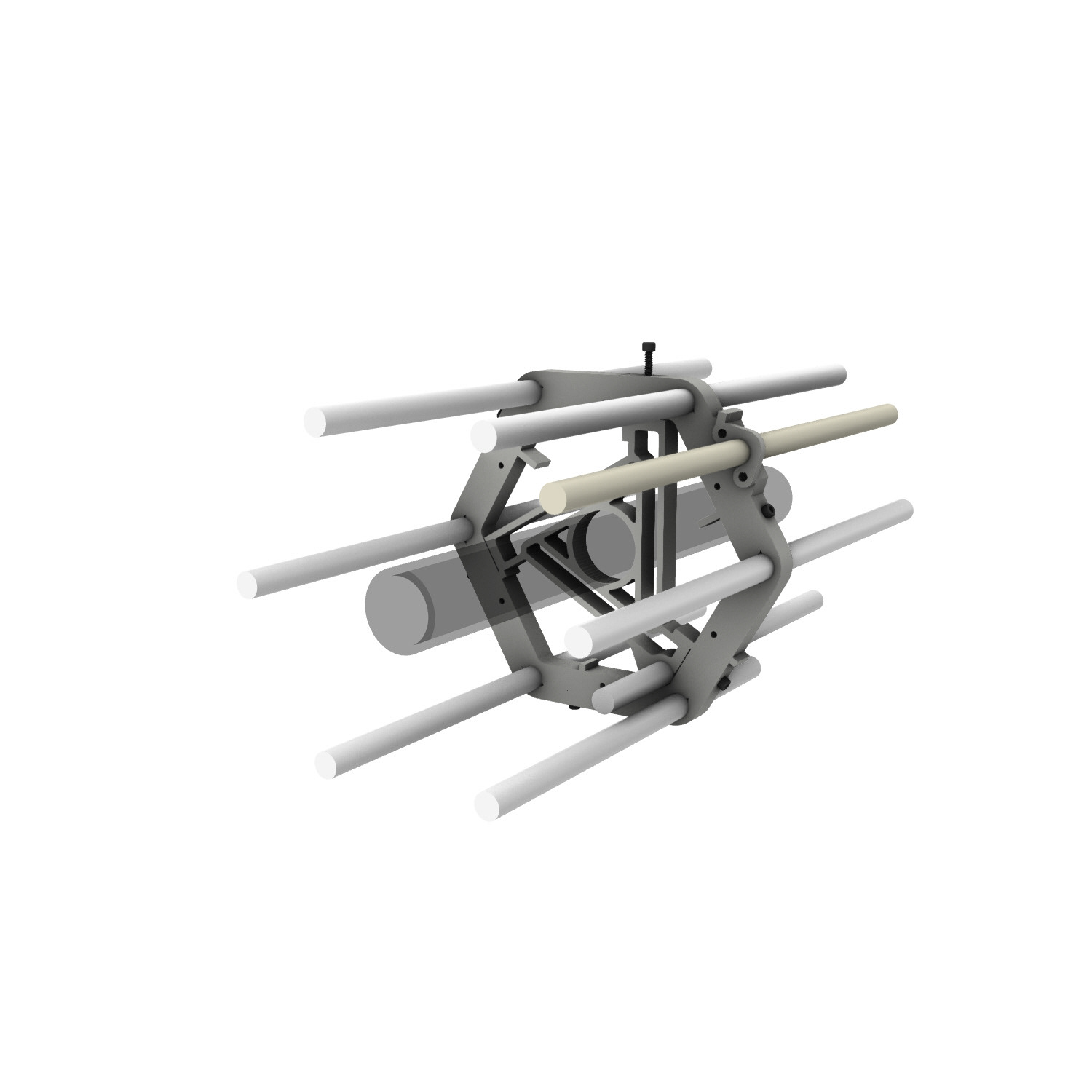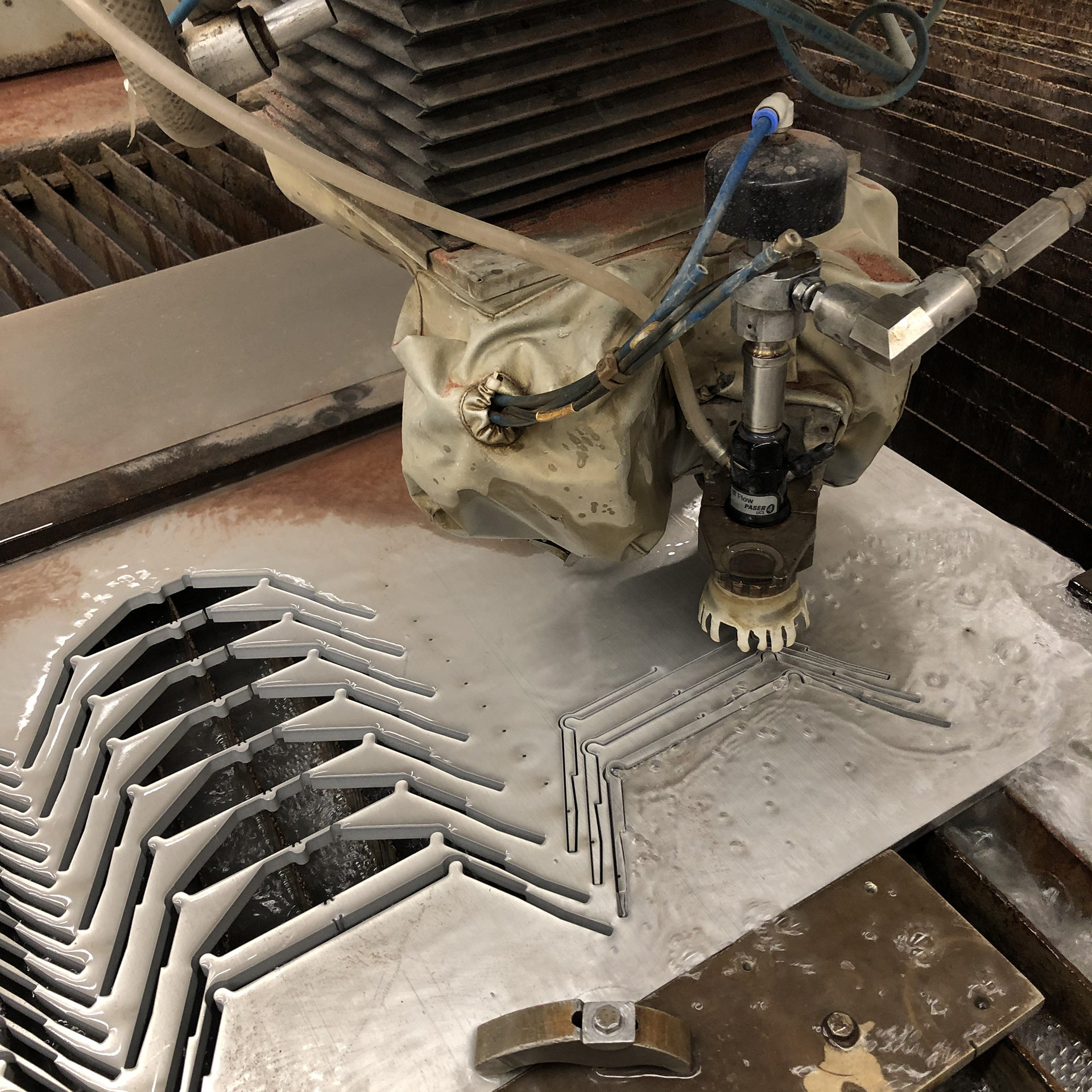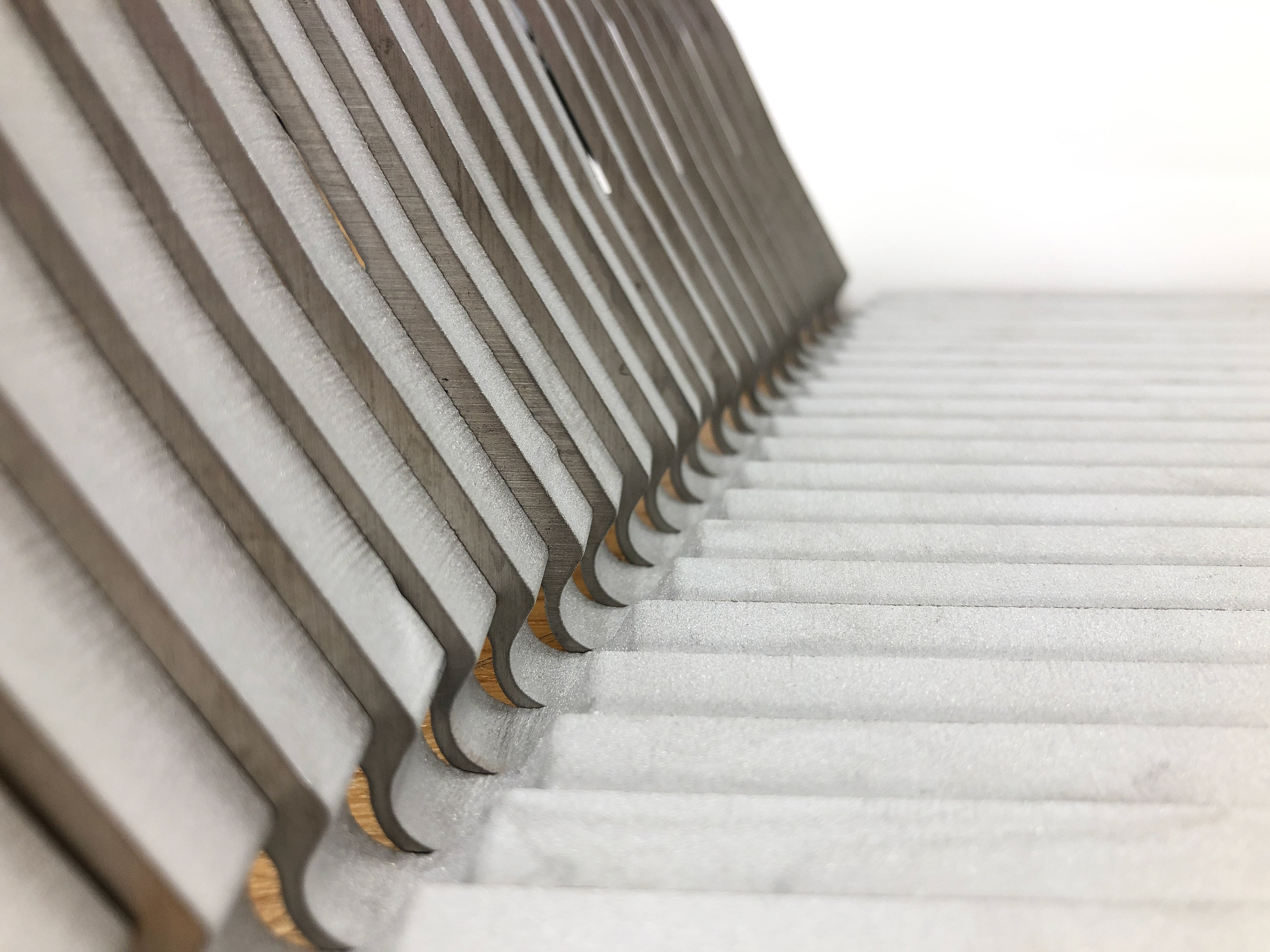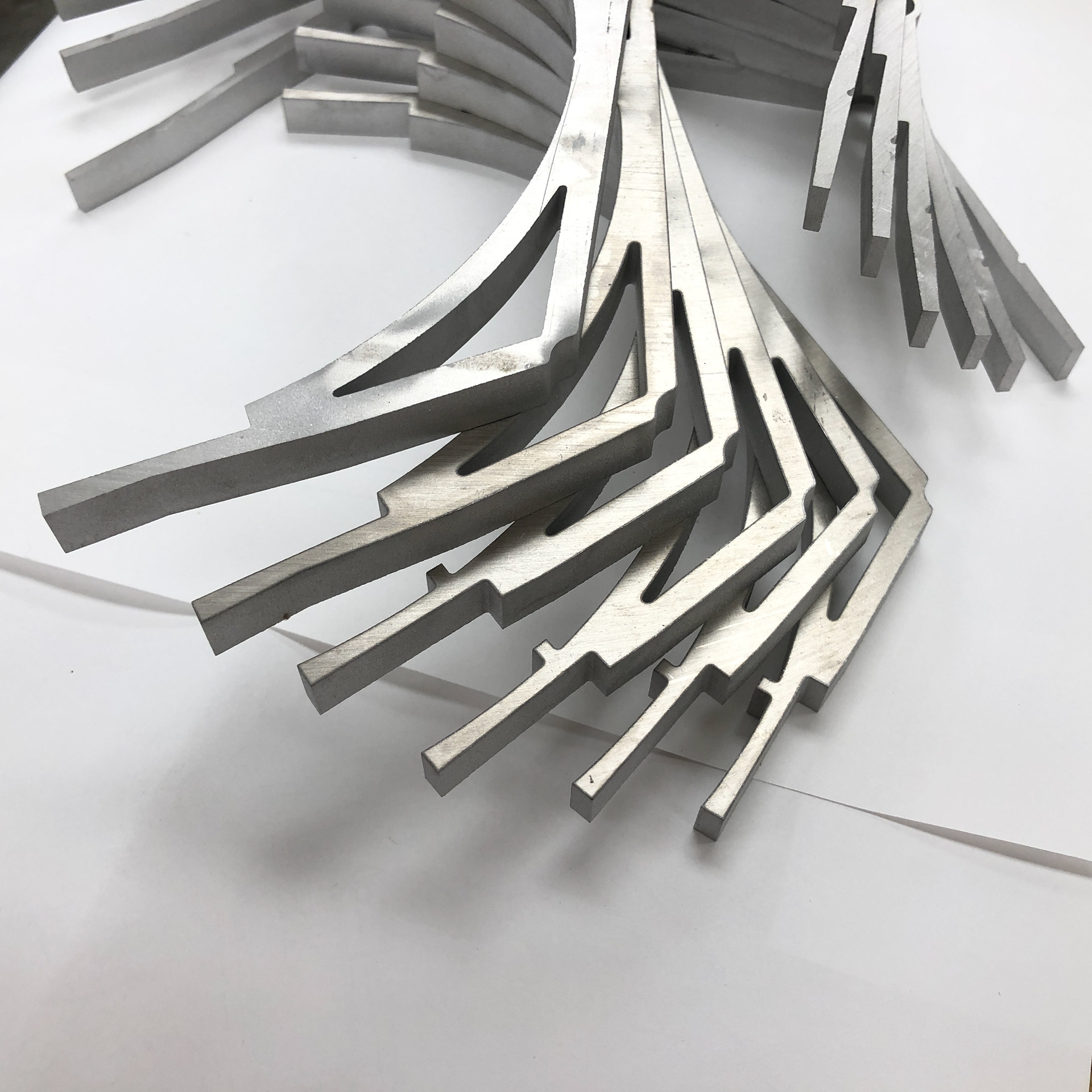"PLAYSCAPE" at "Exhibit Columbus", 2019
“Playscape” is a collaborative research in sensory-rich, inclusive environments at the University of Michigan. It focuses on designing tactile interfaces and environments, along with their multisensory visual, auditory, resistive and haptic feedback, as means to address challenges in movement and social behavior for children with autism spectrum disorder (ASD).
Team led by
Professor Sean Ahlquist
U-M Taubman College of Architecture and Urban Planning
Assistant Professor Evgueni Filipov
U-M College of Engineering
----------------------------------------------Researchers and Students
Textile Design, Engineering, and CNC Knit Manufacturing : Tracey Weisman, Yingying Zeng
Structural Design and Engineering : Maria Redoutey
Data and Analysis : Martin Gargaro, Jie Shan
Digital Fabrication : Allison Booth, Ruxin Xie, Christopher Humphrey, Sigeng Chen
----------------------------------------------
Research led by Sean Ahlquist seeks to create responsive, sensory-rich architectural spaces that satisfy these individuals` myriad unique, preferred environmental factors. This research covers topics ranging from technical skills in programming, spatial design and fabrication of textile structures, to capturing computational and observational data for the study of social and sensorial interaction
For those with ASD, sensory experience is commonly magnified. Environmental factors can either impose a significant barrier or provide beneficial influence. We looked into how the latter, in our design and testing of sensorially-responsive textile-based prototypes, can serve as a physical “intervention” to help navigate and overcome the former.
Customize foam tile by using laser cutter
Manufactured through CNC-knitting, the textiles are the main media in which to explore and design spatial, tactile experience. Beams, a bundle of four or six GFRP rods, is the primary supporting structure for shaping and anchoring the textile. Brackets in specific numbers and sizes are designed to be the connections in between of the GFRP rods. The bracket research provides an opportunity for me to discover the relationship between the material capability and its impact on fabrication processes.
Beams are connected through multiple aluminum brackets




This research involves collaborations with local venues and exhibitions such as the Ann Arbor Hands-On Museum, Haisley Elementary School, the Science Central children’s museum in Fort Wayne, Indiana and Exhibit Columbus 2019 in Columbus, Indiana.